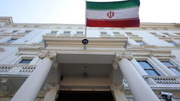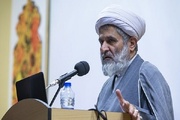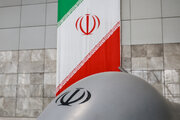From the total number of pilgrims who entered Iraq from the border crossings of Mehran, Shalamcheh, Chazabeh, Khosravi, and Tamrchin 94% were Iranian pilgrims and 6% were non-Iranian pilgrims.
By the end of yesterday, 614, 990 Iranian and non-Iranian pilgrims entered Iran, of which 91% were Iranian pilgrims and 9% were non-Iranians.
According to the reports, non-Iranian pilgrims have chosen Shalamcheh, Bashmaq, Tamrchin, Mehran, Chazabeh, and Khosravi borders to enter Iran on their way back from Iraq.
The provinces of Tehran, Isfahan, Qom and Fars respectively have the highest share of sending pilgrims among the provinces of the country.
Usually on foot, for about 20 days, the pilgrims trek hundreds of kilometres from cities around Iraq and Iran to the holy city of Karbala where they commemorate the martyrs in the battle of Imam Hussein (AS).
Imam Hussein (AS), the grandson of the Prophet Muhammad (AS) and son of Imam Ali (AS), was martyred in 680 AD on the plains of Karbala in a battle against the forces of Yazid.
To mark the 40th day of mourning for Imam Hussein (AS) – the traditional mourning period – the pilgrims arrive in Karbala to pay tribute at his shrine, which is surrounded by millions on the final day of Arbaeen.
Along the route, volunteers set up stations to provide the pilgrims with food, water and shelter while people from the villages along the way keep their doors open to anyone who needs a place to stop.
Many pilgrims opt to walk 80km (50 miles) from the nearby city of Najaf, where Imam Ali, Hussein’s father, is buried, to Karbala.
MNA/6200328f
























Your Comment